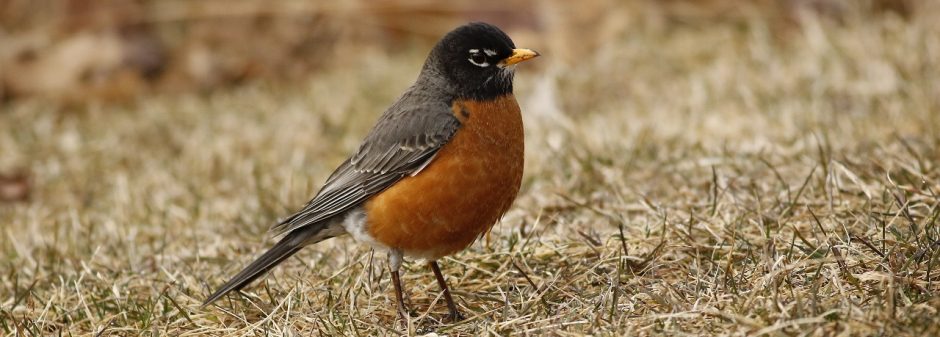
This review was provided by AVA Member, Ed Davis, who is also President of the Friends of the Parks Library.
WHEN CULTURES CLASHED
By Ed Davis
Rack it up to being in the right place at the right time. I’m a member of AuSable Valley Audubon, and as a recent AVA program was ending, someone at our table happened to mention that a meet-the-author event co-sponsored by the District Library and featuring an endangered species biologist was scheduled for two days later at the Iosco County Historical Museum. Being an incurable book lover who enjoys meet-the-author events, that caught my attention. Then too, the program sounded like a chance to learn about Michigan wildlife, another interest of mine. I juggled my calendar and made arrangements to attend.
I’m glad I did. Manoomin, The Story of Wild Rice in Michigan by Barbara Barton, is the little-known history of the aquatic plant revered by the Anishinaabek which was nearly destroyed by non-indigenous people, especially loggers and industrialists. Barton’s book travels through time, beginning with the pre-Columbian period, into European colonization plus American settlement, and concludes with recent attempts to protect and restore Manoomin. Along the way, she discusses various rice beds that once existed in Michigan and why so many of the wetlands where the sacred plant grew were degraded and even eliminated.
Beds of wild rice limited farming, slowed transportation, impeded logging, and compromised aesthetics. Beginning in the 19th century, lakes were drained (such as the ironically named Rice Lake in Newago County), ditches dug, and dams built. For several decades, in a misguided attempt to combat malaria, kerosene was dumped into waterways. The fact that the ties of the Asishinaabek to creation, spiritual as well as material, were being destroyed rarely mattered. It was only years later that the descendants of the non-indigenous settlers began to recognize the consequences of earlier actions.
Barton’s presentation at the Historical Museum was especially poignant because she made clear that Michigan’s non-indigenous settlers, though not bad people, simply viewed Manoomin as a block to “progress.” For the Anishinaabek, wild rice was a life-sustaining food and a revered connection to the land. For the settlers, it was a problem to be solved.
Barton’s book, the first of its kind, won a 2018 Michigan History Award in the University Press category, and her heartfelt presentation at the Historical Museum was both unsettling and enlightening. As an Iosco County resident, it was interesting to learn that the Manoomin on Tawas Lake (which I previously thought of as simply a big weed) is the largest remaining bed in Michigan. Barton closed her talk by noting that tribal and nontribal people have joined in common cause more and more in recent years to protect Manoomin. Knowing what I do now—following the tipoff by an AVA member– I can understand why..

